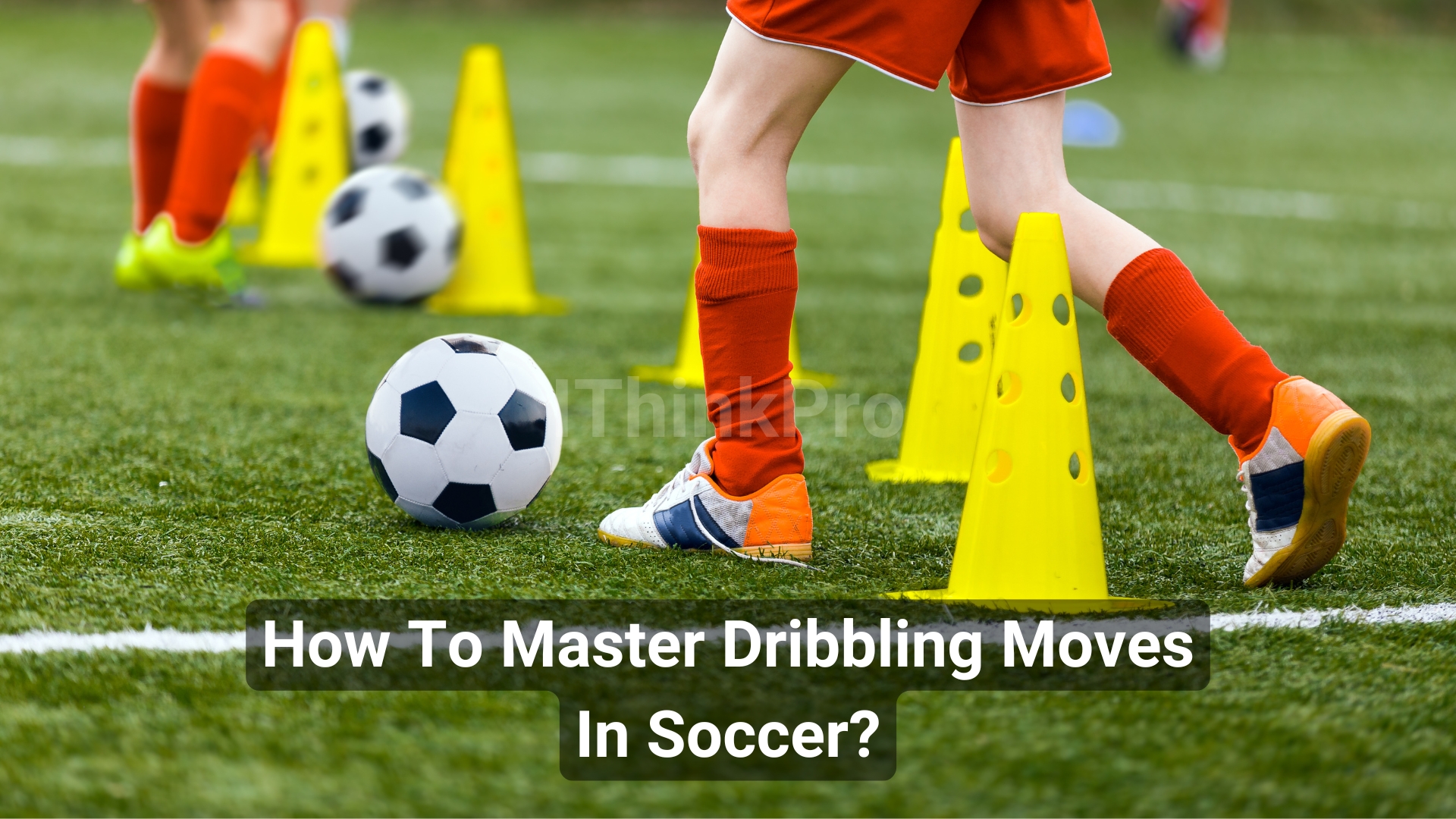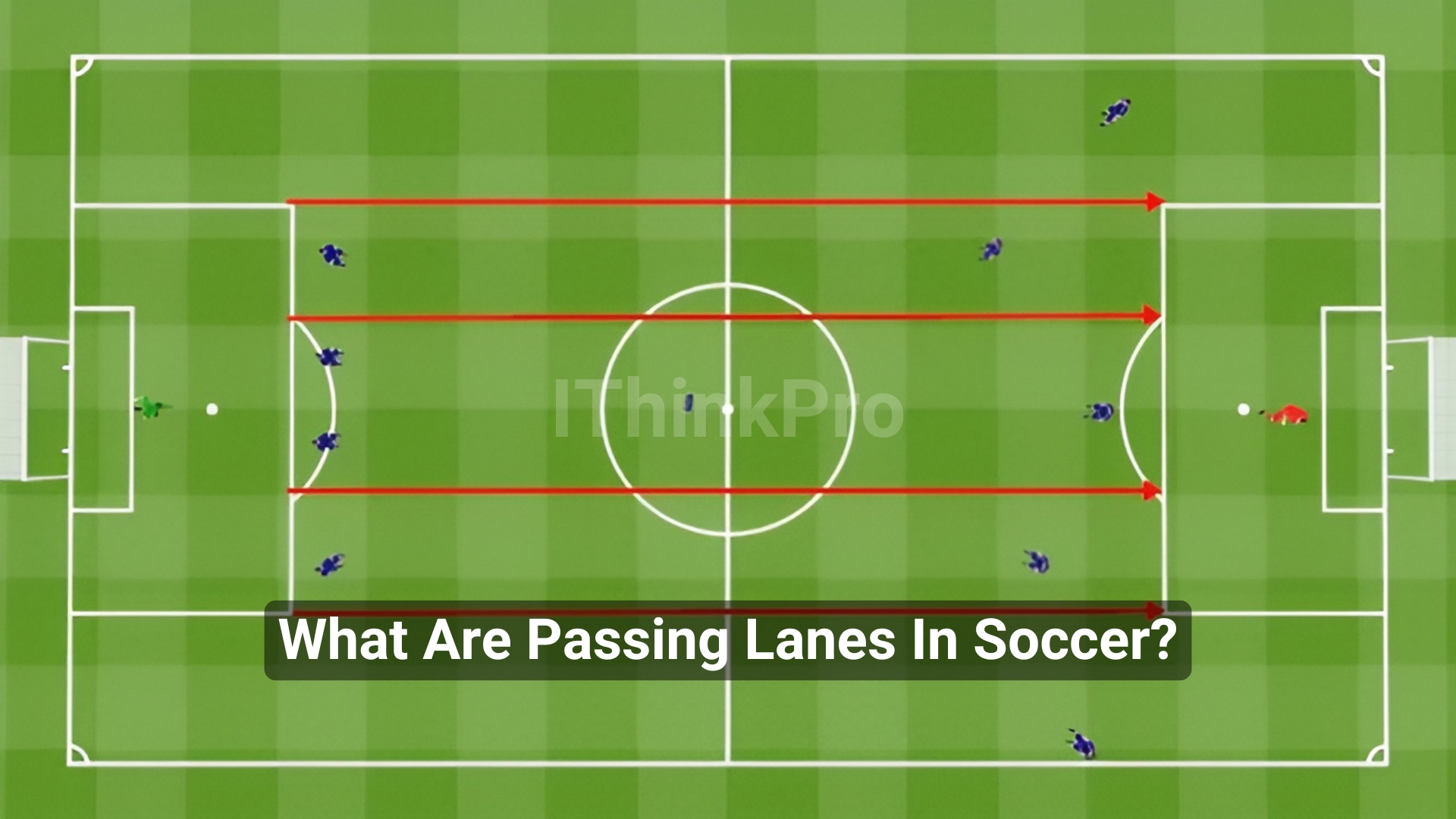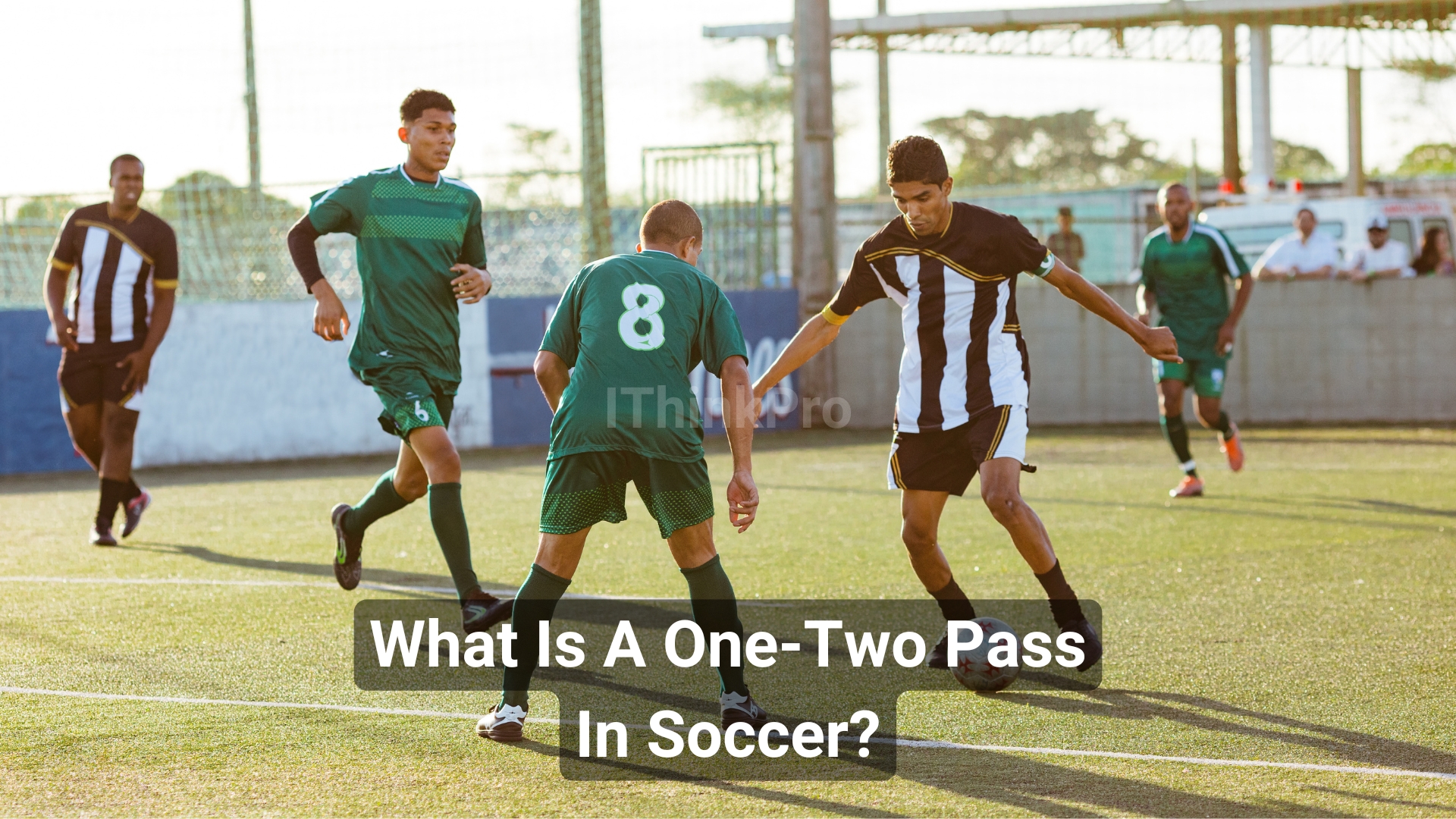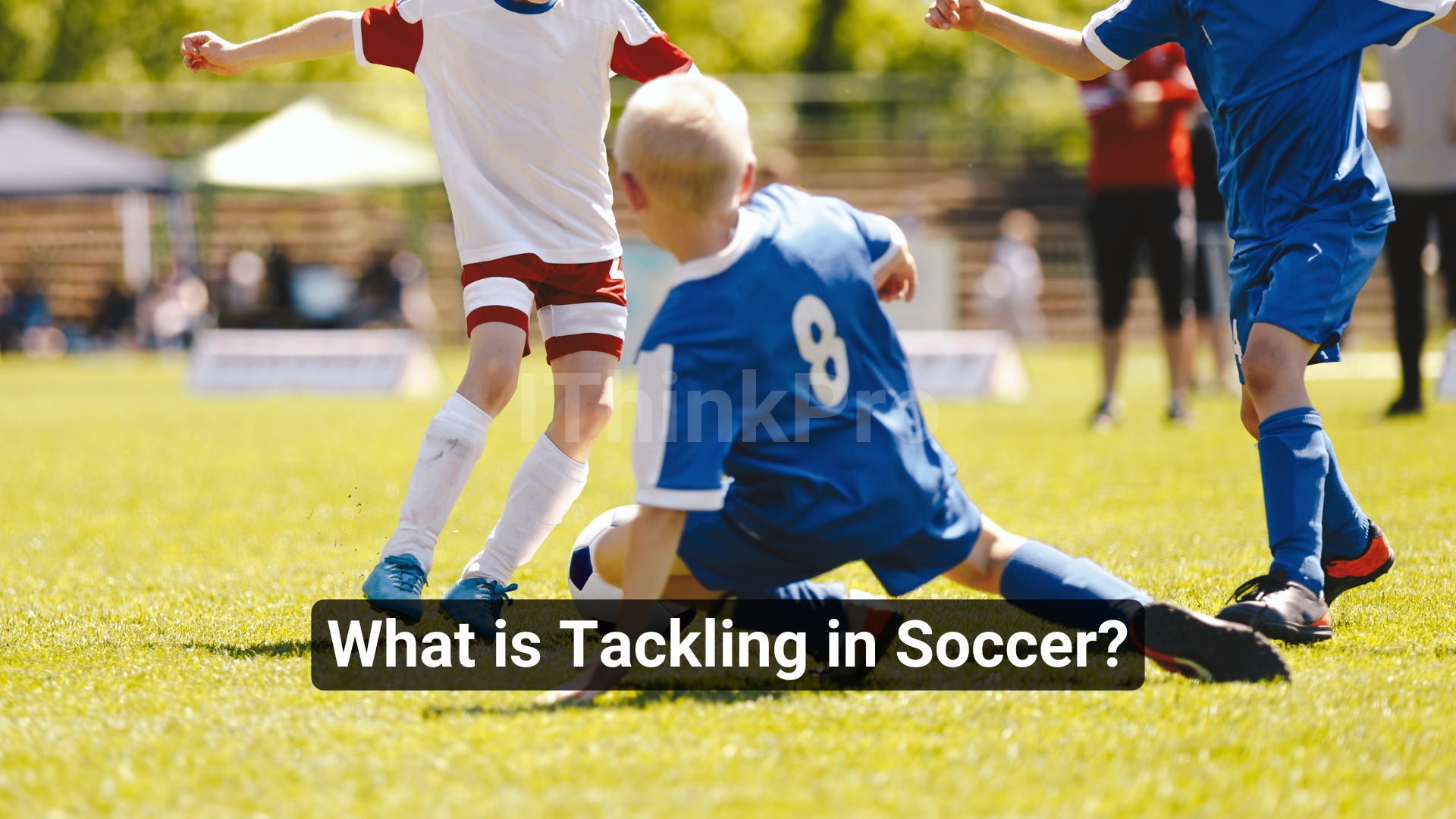Hello Champ!
In soccer, teams often struggle to turn possession into goals. This is because they lack precision in crossing. It leaves players and teammates feeling stuck.
When crosses don’t work, it feels like missed chances keep adding up. But, mastering soccer crossing and knowing about what are crossing techniques in soccer can change the game. It boosts your team’s wing play, leading to more scoring chances.
Learning these techniques is key to your success in the field. It opens up new ways to attack and score.
Key Takeaways
- Crossing techniques are essential for creating scoring opportunities in soccer.
- Effective soccer crossing enhances wing play and offensive strategies.
- Different types of crosses serve various tactical purposes.
- Practice is crucial for improving cross-accuracy and delivery.
- Crossing plays a vital role in a successful soccer attack.
Understanding the Importance of Crossing Techniques
Learning soccer crossing techniques is key for players and teams. Crosses open up big chances to score, especially in the final third. They help teams use their attacking power well. Good crosses mean more soccer assists, which is very important.
Wing players are crucial in a team’s plan. Better crossing skills help use opponents’ weaknesses. This makes your team’s attacking play stronger. Successful crosses put pressure on defenders, giving forwards more chances to score.
- Crossing techniques enhance scoring opportunities.
- Improved crosses lead to more soccer assists.
- Mastering these skills can exploit defensive vulnerabilities.
What are Crossing Techniques in Soccer?
Crossing techniques in soccer are key to scoring goals. They involve sending the ball from the sides into the penalty box. Knowing how to do this well is very important.
To cross the ball well, you need to position your body right. You must aim for the best path for the ball. Important things include:
- Leg strength: Strong legs help you cross the ball far and accurately.
- Precision: Aiming well makes your crosses better, helping the ball reach its target.
- Timing: Crossing at the right time can greatly help your team score.
Learning these skills will make you better at crossing. It will also help you play better overall. With practice, you can make your crosses a strong part of your game.
Types of Crosses in Soccer
Knowing the different types of crosses in soccer is key to scoring. Each cross has its own role, fitting different game situations. Here are the main crossing techniques you need to know.
Lofted Cross
The lofted cross sends the ball high over defenders. It aims to reach players in the penalty box. This cross creates space for attacking players to jump and score.
Ground Cross
A ground cross moves along the ground, surprising defenders. It’s great for getting the ball to a teammate ready to shoot. Its speed and accuracy lead to quick shots, giving your team a chance to score.
Curling Cross
The curling cross adds skill to your passing. It curves the ball into the target area, beating defenders. Learning this cross improves your playmaking, making shots on goal more likely. Trying out different crosses can make you a better player.
Effective Crossing Drills for Soccer Players
To get better at crossing, practice is key. Focus on making accurate crosses and improving how you deliver them. Doing the same moves over and over helps you get better for real games.
Practicing Accurate Crosses
For accurate crosses, you need to place your foot right and stand correctly. Here are some drills to try:
- Target Practice: Use cones or small goals in the penalty area as targets. Practice crossing from different angles.
- Partner Drill: Work with a teammate, taking turns crossing and receiving. This improves your accuracy and timing.
- Cross and Move: Cross the ball and then move to get a return pass. This mimics game situations, teaching you to move after crossing.
Improving Cross Delivery
Good cross-delivery can win games. Here are some drills to help:
- Distance Control: Practice crossing from different distances. Focus on keeping your delivery consistent.
- Defensive Simulation: Use cones to block your crosses. This makes you practice precise crosses while thinking about defenders.
- Timed Crosses: Try to cross as many times as you can in a set time. This adds pressure, like in games.
Adding these drills to your practice will make you better at crossing. With regular practice, you’ll feel more confident in your crossing skills during games.
The Role of Wing Play in Soccer
Wing play is key in soccer strategy. It stretches the opponent’s defense, making space for attackers. Good soccer positioning can lead to more chances for a flank attack.
Wing play does more than just open up the field. It uses momentary defensive lapses for crossing chances. When wide players make timely runs, they cause confusion and increase scoring chances.
Successful wing play includes:
- Understanding spacing and movement to maximize player positioning
- Utilizing speed to beat defenders on the wings
- Delivering accurate crosses to create scoring chances
In summary, wing play and wide players are crucial for your team’s attack. Talking tactics and practicing will improve your flank attacks.
Crossing Skills for Wide Players
Effective crossing skills are key for soccer wingers to create scoring chances. They need to deliver precise crosses into the penalty area. A strong first touch is crucial, allowing wingers to control the ball before crossing.
Timing is everything in crossing. Knowing when to cross the ball can turn a chance into a goal. Watching the movements of supporting players helps wingers adjust their crosses for better results.
Good communication among teammates boosts crossing skills. Wingers should work well with attackers. A well-timed signal or understanding of each other’s moves can increase crossing success.
By focusing on these points, you can improve as a wide player. This will lead to more chances for your team to score.
Achieving Cross Accuracy
To get better at soccer crosses, focus on being precise and consistent. This skill helps you avoid losing the ball, leading to more chances to score. Training with specific drills can improve your ground and lofted crosses. Here are some ways to boost your cross accuracy:
- Drills for Ground Crosses: Use targets in the box and try to hit the ball towards them. This helps you get better at passing and crossing.
- Lofted Cross Techniques: Practice lifting the ball over defenders. Hitting the ball at the right angle can make your crosses more accurate.
- Anticipating Attacking Runs: Knowing when to cross the ball is key. Spotting teammates’ attacking runs lets you pass the ball at the best time, increasing your chances of success.
Adding these drills to your practice will help you master precise crosses in games. By improving your cross accuracy, you help your teammates in their attacking moves. This leads to more chances to score for your team.
Crossing Variations for Tactical Play
Crossing variations are key to improving your team’s tactics. Knowing when to use different crosses can greatly impact your team’s success. This section will cover deep crosses, low crosses, and fast-paced crosses. It will help you make the best choices in different game situations.
Deep Crosses vs. Low Crosses
Deciding between deep crosses and low crosses depends on your team’s strategy and the opponent’s defense. Deep crosses aim to stretch the defense, targeting players further back. They work well against tall defenders, using height to your advantage.
Low crosses, on the other hand, aim for players closer to the goal. They create quick scoring chances, perfect when defenders are near the goal.
Fast-Paced Crosses
Fast-paced crosses keep defenders guessing, making them react quickly. These crosses need speed and accuracy. Timing is crucial, as a well-timed cross can surprise the defense and lead to a goal.
Mastering fast-paced crosses can boost your team’s offense. It increases your chances of success in key moments.
Utilizing Overlapping Runs in Crossing Opportunities
In soccer, overlapping runs are crucial for crossing opportunities. They can confuse defenders and create space for teammates. Good communication is essential for this strategy to work well.
Knowing when and how to make overlapping runs can boost your team’s offense. Here are some benefits:
- Confusing Defenders: A player’s run can confuse those trying to mark them, leading to mistakes.
- Creating Space: This run can pull defenders out of position, making room for a cross.
- Enhanced Crossing Opportunities: With less pressure, accurate crosses become easier.
Adding these tactics to your training can improve skills and team play. It also increases the chance of scoring goals in games.
Tips for Timing Your Crosses
Timing is key in soccer, especially when it comes to crossing. Getting the timing right can make a big difference. Here are some tips to help you improve your crosses:
- Watch the defense: Knowing how the defense is set up helps you decide when to cross. By watching how they line up, you can spot openings.
- Coordinate with teammates: Talk to your teammates to make sure they’re running at the right time. Working together leads to better finishing.
- Track the runs: Keep an eye on where your teammates are running. Timing your cross to match their position can lead to success.
- Focus on angles: Crossing from the right angle can surprise defenders and boost your chances of scoring. Make sure you’re in the best spot for a good cross.
- Practice regularly: Regular practice with different crossing drills will improve your timing. This makes you a more reliable player on the field.
Using these tips will help you make more precise crosses. This can lead to more scoring chances and better performance in soccer games.
Conclusion
This ultimate guide on soccer crossing techniques has shown you the key parts of a successful crossing. You learned about different types of crosses, like lofted, ground, and curling crosses. These skills are crucial for making real chances to score.
Getting good at these crossing skills is a big step up for your game. We talked about the importance of timing, positioning, and drills. With hard work, you’ll see your skills improve, helping your team score more.
Learning soccer crossing techniques takes hard work and always learning. By using what you’ve learned, you’ll get better and help your team win more. Remember these tips, and you’ll be ready to improve your game.
Share this blog with others and feel free to explore our website for more helpful information!











